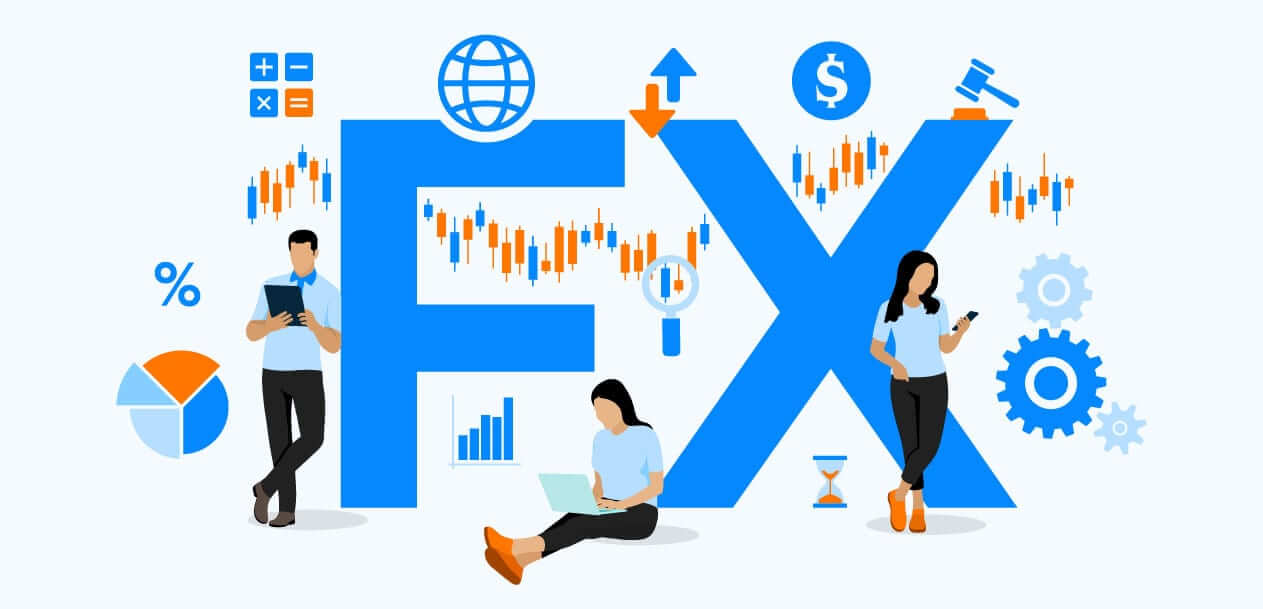Forex trading has been around for a while, and for a large financial market, it has developed its own culture and language that helps make business easier.
Understanding these terms can help you become more familiar with trading. What’s more, keen-eared traders will pick up on these terms and adjust their trading strategies on the fly.
But for the average person, you’re more likely to encounter these terms in the finance section of your news, or if you have a friend who’s really deep into forex trading. Either way, a cursory understanding of what these terms mean can save you a lot of trouble with understanding how the market moves.
Here are some common terminologies used in forex trading and what they mean:
Pairs and Quotes
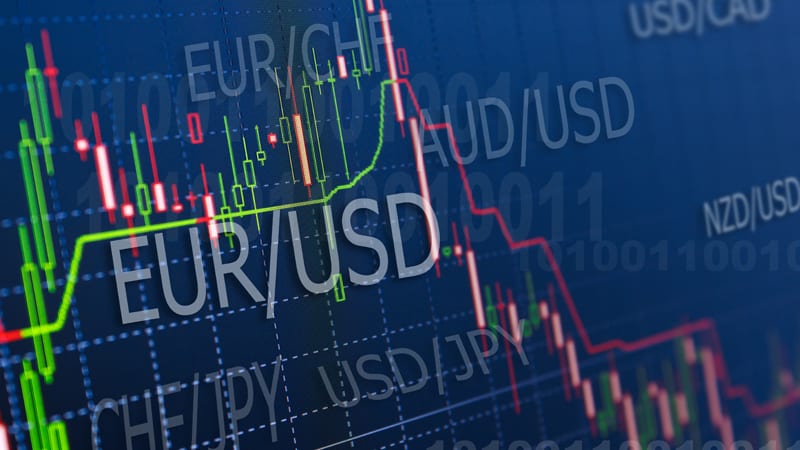
This refers to the currency pairs you can trade with, and usually represent the highest-value currencies that hold most power and pricing over the world’s financial institutions. Some of these pairs include the US Dollar and the Euro (USD/EUR). Currencies are usually traded in pairs since large currencies tend to deal with other large currencies. If you like taking trips abroad, the major currency pairs determine how much buying power you have when you get to your destination.
Pips

A pip stands for “percentage-in-point” and is used to measure how much a currency’s rate moves. It’s a unit that defines how much you make or lose in the forex market. Most traders usually measure their profits and losses in pips. For example, when a trader says “the Euro moved 50 pips against the dollar,” that means the Euro made significant gains against the US Dollar. The next time you exchange dollars for euros, you’ll find that you need to pay more dollars in exchange than usual.
Forex Lots
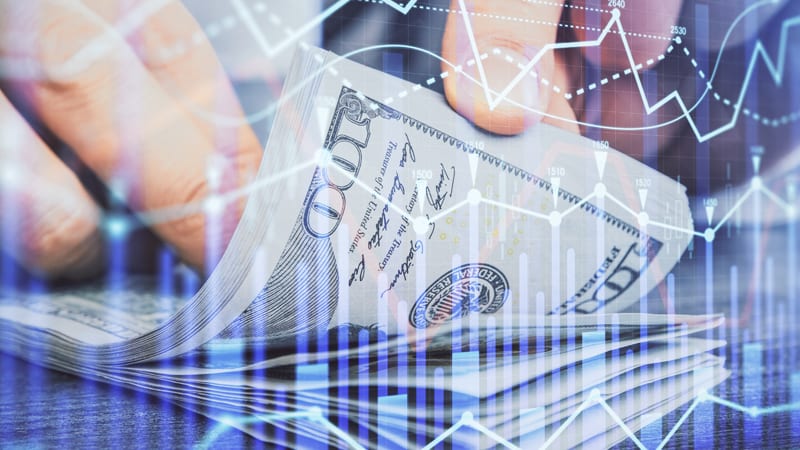
Currencies aren’t exchanged on a one-to-one basis in forex; they usually come in blocks called “lots.” The size of your lot is generally determined by how much you can invest into your live account. The standard lot size is 100,000 units, but there are smaller lots, namely: mini, micro, and nano with 10,000, 1,000, and 100 units, respectively. Using the lot system is a great way to keep small traders from accidentally buying into more oversized lots that they can afford, and gives everyone a clear delineation of how much they stand to gain or lose from trading.
Margin
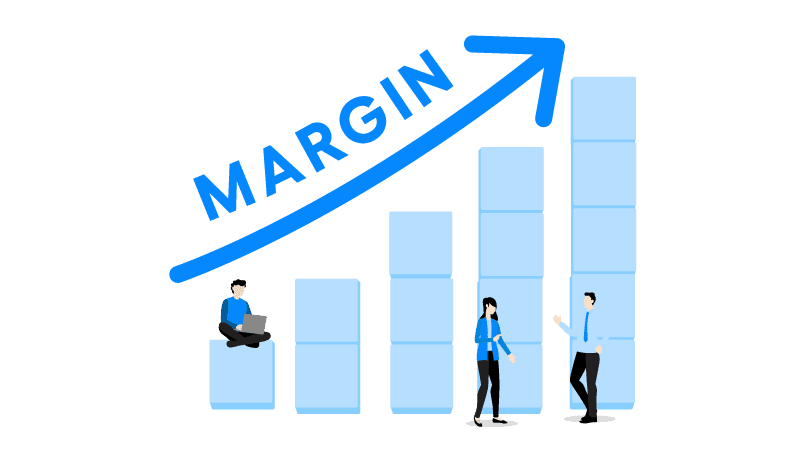
The margin refers to how much buying power you have in forex trading – essentially, the deposit required to start trading currencies. Margins are important because they allow you to get larger capitals via “loaning” from your broker the difference with what you want to trade. Margins also limit how much someone can trade. A “margin call” is a check the broker gives a trader when they don’t have enough funds to keep their trades open. This allows the trader to cut their losses by defaulting on their trades.
Leverage
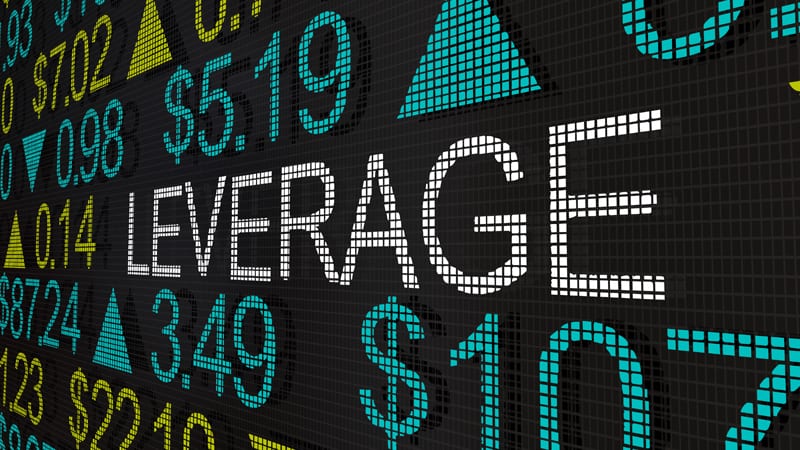
Leverage determines how much margin a trader needs to access larger capitals. Account leverage is not fixed and can change between forex brokers, though all brokers have protocols in place to prevent any trader from gaining too much leverage. Because leverage can compound the gains or losses in forex trading, most brokers recommend that traders use them sparingly. While it can be used to increase potential returns by a large amount, a misstep in the trader's analysis can cause losses to cascade.
Spread
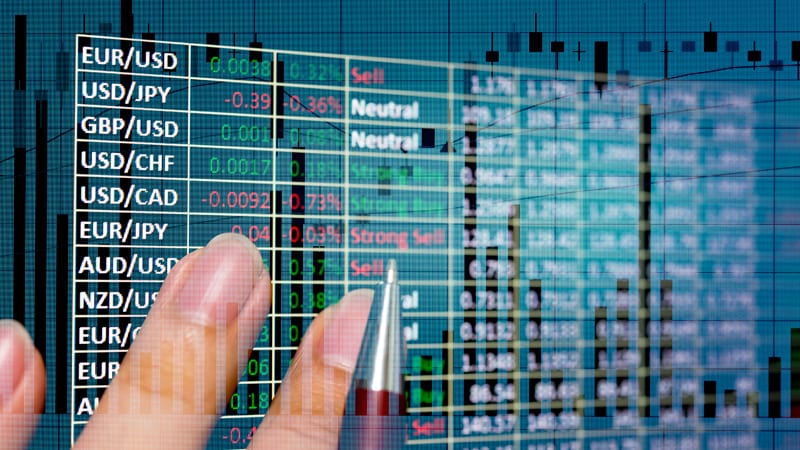
The spread is the difference between the selling price and the buying price of a currency pair. It is measured in pips and can be fixed or variable, depending on the trade. Forex pairs will almost always have variable spreads since their sell/buy prices can change within minutes. In general, traders will want to avoid having a wider spread between their currencies since it increases their chance of getting a margin call. If the spread becomes too wide, there’s the very real chance that all their trades will be liquidated to cut losses.
Slippage
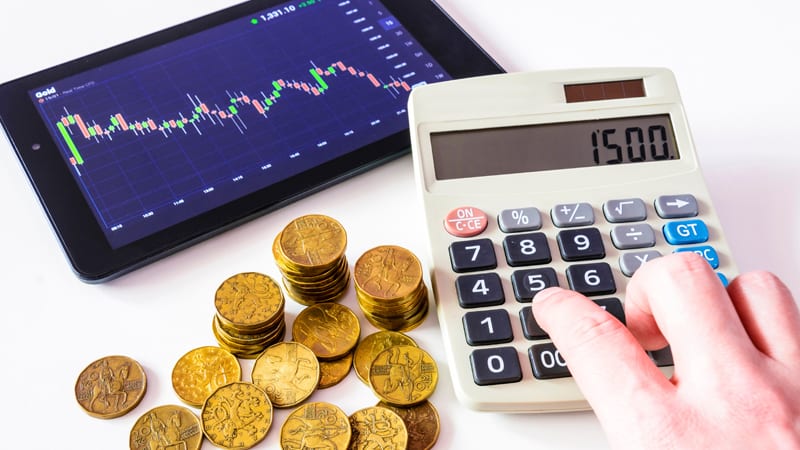
Slippage happens when the price you buy a currency for is different from the price you pay for it. This frequently happens with high-value currencies that can move several pips up or down in an hour, but it is also determined by how many people are buying and selling these currencies. If more people are looking to buy than sell a currency, then that currency is more likely to experience negative slippage, so the buyers end up paying more. On the other hand, if there are more sellers than buyers, the trades can experience positive slippage, where the buying price is lower than the asking price because people are looking to sell.
These are the basic forex trading terms that you might encounter when you start trading. While it’s certainly not a requirement that you be familiar with them, especially if you aren’t a trader yourself, a cursory knowledge of what they mean can help you make smarter decisions when it comes to your finances.
Disclaimer: All material published on our website is intended for informational purposes only and should not be considered personal advice or recommendation. As margin FX/CFDs are highly leveraged products, your gains and losses are magnified, and you could lose substantially more than your initial deposit. Investing in margin FX/CFDs does not give you any entitlements or rights to the underlying assets (e.g. the right to receive dividend payments). CFDs carry a high risk of investment loss.




